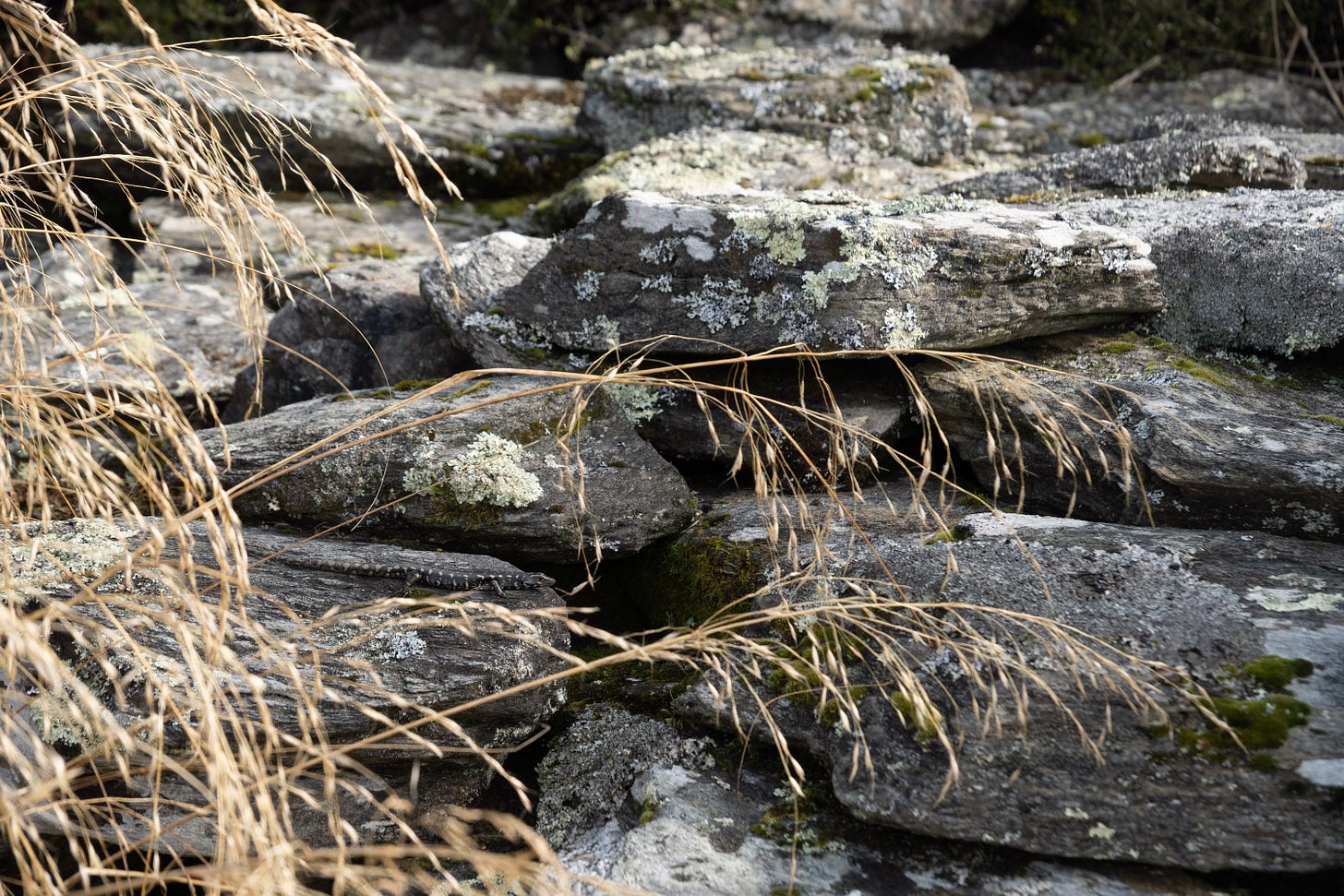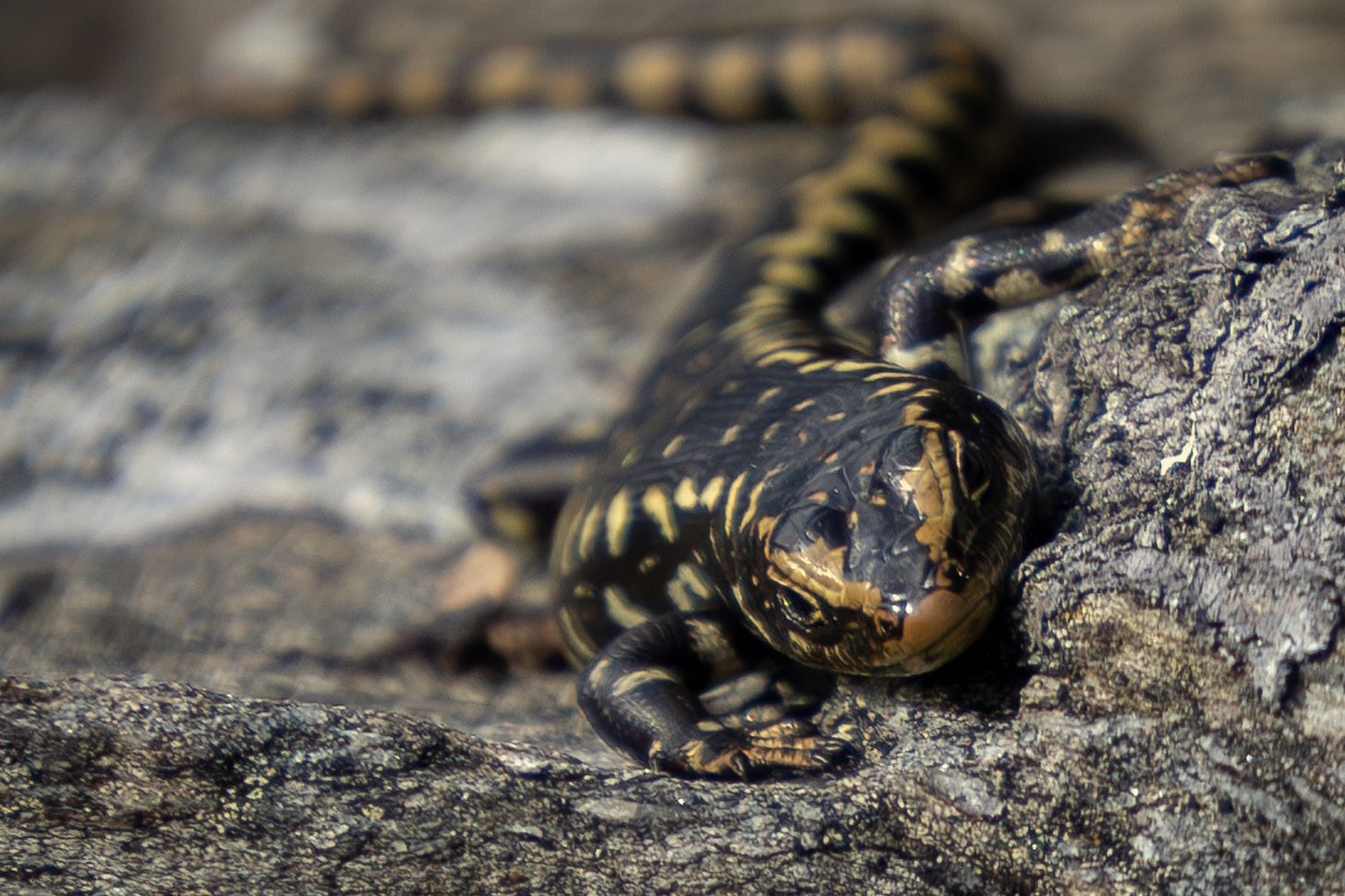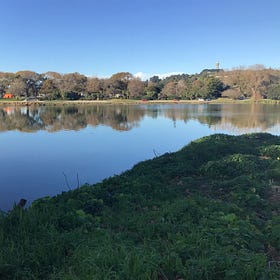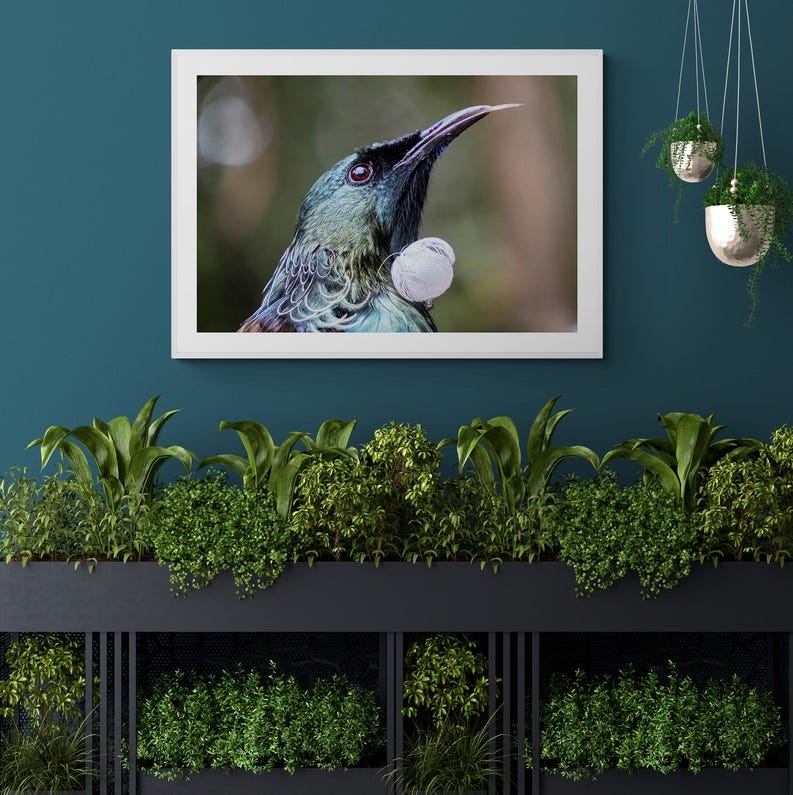Good morning☀
Welcome back to the Dwindle River Garden! Today is the first official day of (meteorological) winter, though it has felt like winter for the last few weeks. Despite the cold, I have managed to get out to some local green spaces (like Tavora Reserve) to reconnect with nature and feel a bit more back to normal.
I don’t know a lot about mokomoko (lizards, geckos, and skinks) as I haven’t seen any in our garden and my curiosity for wildlife tends to be triggered by encountering a species in real life. However, I do know they have been seen in gardens nearby so am ever hopeful we will get some - one day.🙂
So, today’s Weekly Wildlife looks at the Otago skink (Oligosoma otagense) as a ‘goal critter’ rather than one we have already created safe and desirable habitat for. The skink photographs here were taken on a visit to Orokonui Ecosanctuary in Dunedin.
The Otago skink is listed in Morris & Balance’s Rare Wildlife of New Zealand, and for good reason: they are classified as Endangered/Nationally Critical. They are found exclusively in Otago, hence the name, but even in this region they have been reduced to 10% of their original range.1 One of these is the Macraes-Nenthorn area (you can read about Nenthorn here, and Macraes here), it’s an area not far from my place.
Otago skinks are the largest skink in the South Island.2 Their mottled black, yellow, and green skin provides excellent camouflage: even in their enclosures at Orokonui, they were difficult to distinguish from the lichen-covered rocks. We visited while a school trip was underway, and some of the children’s keen eyes helped us pick out these well-hidden mokomoko from their surroundings.
Diet
Otago skinks are omnivorous, eating insects and spiders as well as small fruit and berries.3 Pōhuehue (muehlenbeckia) and mikimiki (coprosma linariifolia) are great plants to start with.4 Pōhuehue is also a host plant for our copper butterflies.
Number one for attracting insects to your garden is putting down that pesticide (or at least using it only when absolutely necessary). Keep some leaf litter around, and try to have flowering plants available all year round as a nectar source. Be aware, though, that some of the fancier flowers with frilly layers of petals are only good for show, as the insects can’t actually reach the nectar at the centre.
You may not necessarily be keen to attract all insects to your garden (I’m thinking of mosquitoes and sandflies here…), but it’s important to remember that with a healthy diversity and abundance of wildlife, they’ll generally keep each other in check.
Habitat
When we’re thinking about how to create habitat for any animal, we need to consider food, water, and shelter. We know Otago skinks like a diet of insects, spiders, and fruit; water can be provided in shallow dishes or ponds with a gradual edge for access. Even natural depressions in rocks can be a place where rainwater collects for mokomoko - and other wildlife - to drink from.

By layering slabs of rock, concrete, tiles, or bricks we can give these skinks a place to bask and a place to hide when there are predators around (or when the sun’s not out). Adding low-growing, scrambling vegetation adds safety - and if you choose fruiting plants then they double up as a food source. Place the rocks in a north-facing spot so they can soak up the warmth of all-day sun.
Unusually for New Zealand lizards, Otago skinks like to live in large social groups5 and so will appreciate a spacious habitat (if you can provide it). If you’d like to read a detailed, first-hand experience of a successful mokomoko-friendly garden, I highly recommend wildlife photographer Holly Neill’s article here.
Threats
I’m quite certain the main reason we don’t get Otago skinks and other mokomoko in our garden is because we don’t do predator control. The Department of Conservation says that predation by introduced animal species is “by far the greatest threat”6 to Otago skinks. That is quite the statement!
Because our country has such unique ecology, having evolved in isolation with no land mammals, the impact of introduced animals like feral cats, stoats, weasels, and ferrets is massive. It has reminded me that predator control is something I need to be doing in my garden, so I am off to research my options!
I’ll leave you with a newsletter on the topic from guest writer,
:Predator Control with Sally Pugh
I am privileged to live near the Whanganui river, with an impressive arboretum along the river’s edge. But one of the things I have noticed, is that although we have many trees, I do not see (or hear) many native birds. I feel lucky if I spot a single tūī or a kererū (New Zealand pigeon), let alone a kōtare (kingfisher).
Do you do predator control? What critters would you like to see in your garden?
Zenobia🐸
If you’d like to bring a bit of nature into your home, you can purchase giclee prints featuring some of my favourite wildlife photographs from Art Collective.
The Weekly Wildlife newsletter is free, but if you’d like to support my work & receive member-only posts, join with a monthly or annual subscription.
If you would like to support The Dwindle River Garden with a small one-off donation, tap the button below.
Ballance, A. (2008). Rare Wildlife of New Zealand. Penguin Random House









Camouflage, oh yes for sure.
I remember taking ages to spot them.
I heard a little rustle under some dried leaves in one of our garden beds, and saw a little skink glide away.
Just got a quick glimpse.